Marine propulsion test bench is a highly specialized, cutting-edge facility engineered to rigorously evaluate the performance, efficacité, and reliability of vital marine propulsion systems. Think of it as the ultimate proving ground for a vessel’s heart and muscle, where ship engines, marine gearboxes, et propellers are put through their paces before ever hitting the open sea.
Le Banc d'essai de propulsion marine is a modular test system designed to simulate real-world marine propulsion loads under controlled laboratory conditions. Il intègre power absorption units, control automation, instrumentation, et environmental support systems to validate the mechanical and electrical behavior of marine engines and drivetrains.
| Subsystem | Description |
|---|---|
| Power Absorption Unit (PAU) | Uses an eddy-current brake, water brake, ou hydraulic dynamometer to apply dynamic resistance to the DUT (Device Under Test). Supports up to 15 MW avec adaptive torque simulation. |
| Coupling & Alignment System | Features a flexible quill shaft, torsional dampers, and automatic misalignment compensation to minimize vibration and prevent shaft overload. |
| Fuel Conditioning Unit | Prepares diesel, LNG, methanol, or ammonia fuels to marine ISO 8217 spec. Real-time viscosity, pressure, and flow rate adjustment is integrated. |
| Refroidissement & Lube System | High-volume heat exchangers maintain water and oil temperatures for steady-state and transient operations. Lube systems meet Class society cleanliness specs. |
| Exhaust Treatment Module | Inline analyzers for NOₓ, SO₂, CO₂, PM with compliance to MARPOL Annex VI, IMO Tier IIIstandards. |
| Control & Automation Suite | SCADA-based, avec PID feedback loops, torque ramp editors, automatic fail-safe shutdowns, et scripted endurance logic. |
| Battery Emulator / Inverter (optional) | For electric and hybrid propulsion tests: ±1,000 V / 1,000 A output for PTI / PTO simulation and regenerative braking. |

Real-time torque curve reproduction based on preloaded hull resistance models (e.g., bollard pull, cruise, crash stop).
Torque ripple modeling and harmonic injection for torsional analysis.
Simulates real-sea behaviors: ship startup, harbor maneuvering, heavy swell, stop/start cycles.
Response time: <100 ms with overshoot control.
Dual-mode (electric + combustion) test logic.
Synchronization of battery input with shaft power control.
Propulsion take-off (PTO) / take-in (PTI) mode switching with safe interlock.
Force sensors, vibration probes, thermocouples, oil mist detectors.
Automatic derating in case of over-temperature, misfire, fuel pressure loss.
ISO 13849 safety circuits, Category 3 PL-d or higher.
| Test Mode | Purpose | Standard |
|---|---|---|
| Steady‑state power map | Verify rated kW at every rpm | ISO 3046‑1 |
| Transient load step | Measure turbocharger lag | IMO Tier III |
| Endurance (1 000 h) | Gearbox & bearing fatigue | IACS UR M51 |
| PTO / PTI cycling | Evaluate motor‑assist modes | BV NR 627 |
| Emissions sampling | Nox, CO₂, CH₄, NH₃ | MARPOL Annex VI |
Left Bay: Drive motor, brake dynamometer, mounting baseplate
Right Bay: Instrument rack, control panel, fuel/lube conditioning
Below Deck: Cable routing trays, cooling lines, floor anchor points
Overhead gantry crane for engine loading (jusqu'à 30 tons)
Explosion-proof setup for LNG / ammonia
Fire suppression system, class-approved
Remote monitoring station, VPN-secured
Nous fournissons une solution de test pour les moteurs marins, systèmes de propulsion, electric motors, ensembles de générateurs, boîtes de vitesses de transmission, Systèmes d'alimentation auxiliaires, systèmes de gaz d'échappement, et pièces de rechange pour les navires.
Marine propulsion Control and management the manufacturing processes in the field of marine propulsion is paramount! Our test benches are capable to handle full range of marine boîtes de vitesses with hybrid systems, brakes whether integrated or external, shaft lines and controllable or fixed pitched propellers
Marine propulsion transmission Combined marine powertrain test system and marine transmission tester,which refers to flexible and dynamic applications that achieve multi-engine parallel operation, switching operation, and separation operation through transmission devices. so based on integrated Marine propulsion transmission systems, we have vessel propulsion dynamometer and ship drivetrain testing for further developed the Cross Connect Gearing (CCG) power transmission system. This system connects the port and starboard systems via cross-connect transmission, enabling any single main engine to drive both propellers simultaneously, allowing dynamic switching between operational modes.

Through long-term technological research and development, we have overcome various design challenges related to high power and high rotational speed, and have developed and established a high-power, so two-stage marine planetary gear/gearbox transmission back-to-back test system, successfully completing full-speed, full-load back-to-back testing, the largest marine planetary gearbox in China for the first time. This system has resulted in the creation of over 10 patented technologies.
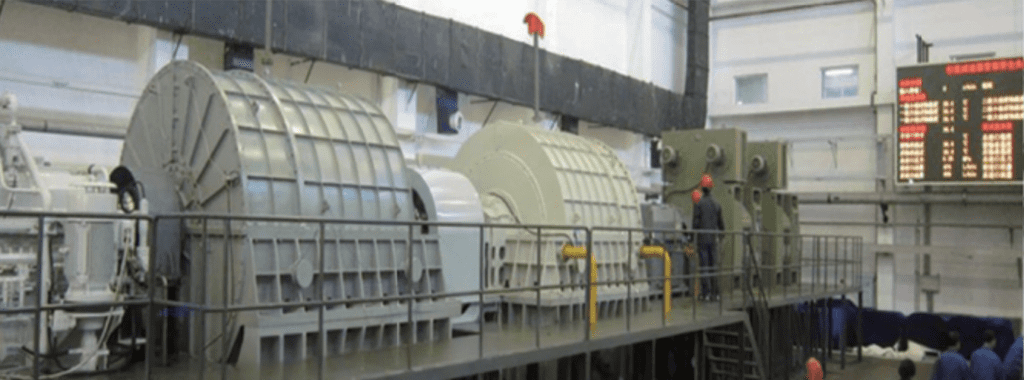
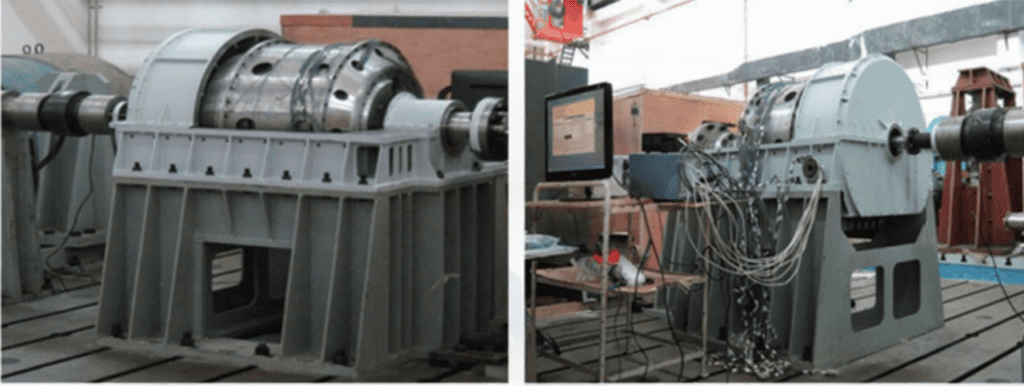
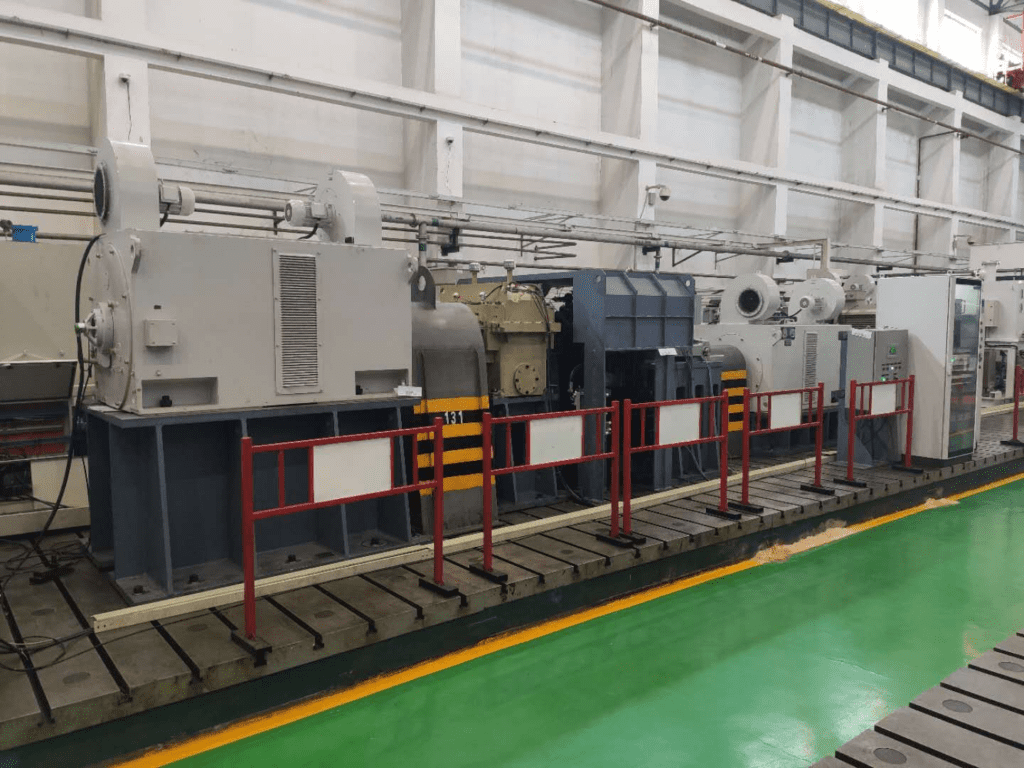

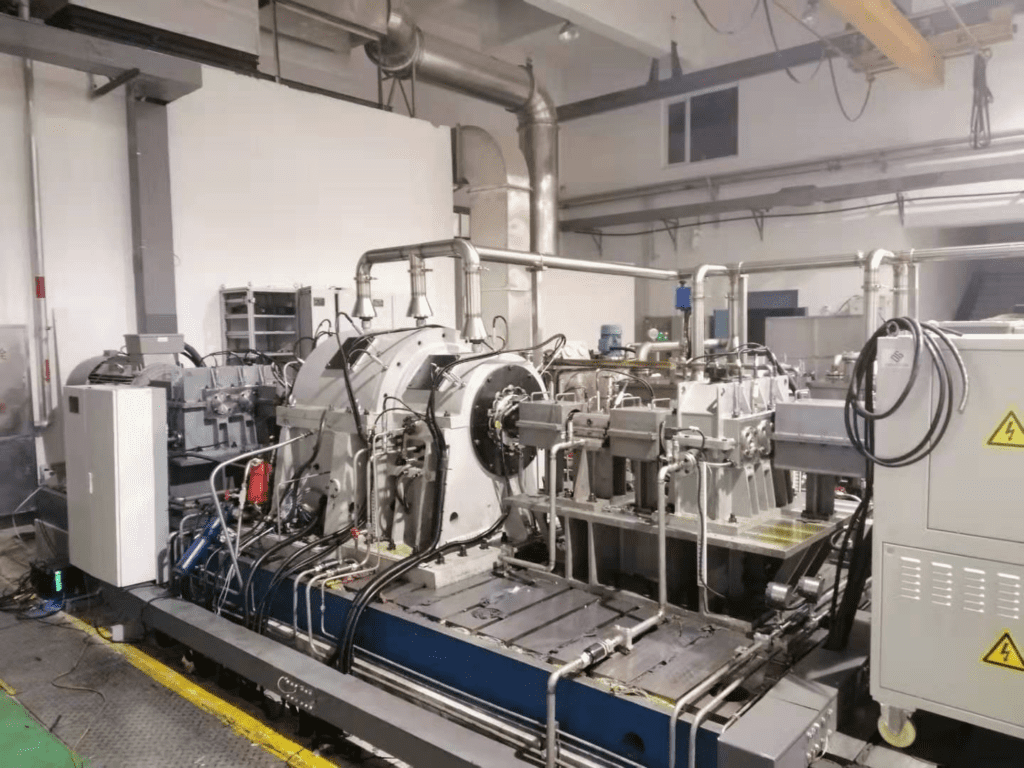
The all-metal flexible coupling validation test system can perform axial, angular, and torsional stiffness tests, as well as stress distribution tests, under both static and dynamic conditions. It can also conduct fatigue assessment tests for couplings tests, on the impact of axial and angular misalignment on shaft vibration.


-Dynamic torsional stiffness test bench for accouplements
-Dynamic stress test bench for couplings Coupling fatigue and vibration testing system
The synchronous automatic clutch is a fully automatic, one-way overrunning clutch that transmits power through gear elements. It automatically engages or disengages, based on the rotational speed difference between two ends, without any external control. The synchronous automatic clutch test system, can simulate various combined (alternate transmission) conditions, while verifying the dynamic performance, load capacity of multiple synchronous automatic clutches. The variable-speed clutch validation test system can conduct: dynamic tests on clutches at different speeds to verify their clutching functionality. Le 150 MW synchronous automatic clutch test system is designed for dynamic testing of high-power clutches, verifying their engagement and disengagement functions.
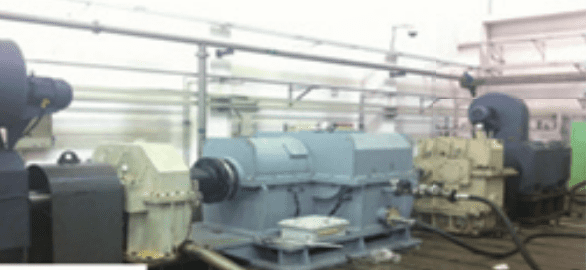
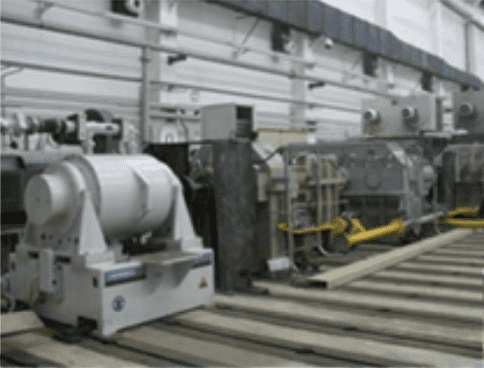
Noise and vibration testing and analysis systems for marine, Successful noise and vibration management reduces environmental impact and mitigates risks enabling a safer vessel.
In addition our full vibration reduction and noise control solution for ship power transmission systems, which able to cover vibration and noise testing, analyse, and simulation for rotating machinery, as well as vibration and noise control measures for equipment. With our rich design experience and techniques in vibration reduction and noise control, and can undertake tasks such as equipment vibration and noise reduction design, vibration isolation measures design, sound absorption and isolation design, and perform vibration noise simulation calculations.
In order to possess advanced data acquisition products from top international companies such as BK, LMS, Bently, with over 200 canaux, as well as more than 300 imported sensors, including accelerometers, velocity sensors, displacement sensors, microphones, and various specifications of force hammers, exciters, etc.. We can conduct tests on equipment vibration, modal analysis, sound pressure level, sound intensity, sound power, Et plus, in accordance with relevant standards. We can also perform sound source identification tests and impedance tests.
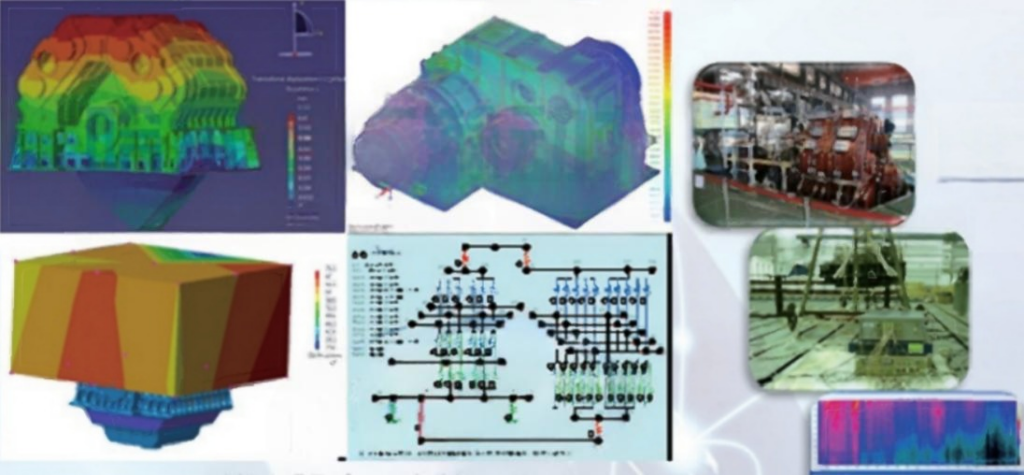
Electronics are fundamental to various marine operations, such as navigation, communication, propulsion, and onboard system management. Cependant, the unique challenges of the maritime environment significantly impact electromagnetic compatibility (EMC).
Due to limited space on ships, electrical and electronic equipment is often installed in close proximity. This close arrangement increases the risk of electromagnetic coupling, potentially causing electromagnetic interference (EMI). En outre, the interconnected structure of shipboard power systems adds complexity to managing and mitigating EMI.
High Electromagnetic Noise Levels
The marine environment is inundated with electromagnetic noise, which generated by equipment such as radio transmitters, radar systems, propulsion units, and communication devices. These powerful electromagnetic fields can interfere with nearby systems, leading to performance degradation and operational risks.
Harsh Environmental Conditions and Vibration
Marine equipment faces constant exposure to corrosive saltwater, severe mechanical vibrations, and fluctuating temperatures. These harsh conditions can impair the performance of electrical and electronic components, making them more vulnerable to EMI.
Electromagnetic interference (EMI) testing plays a critical role in maintaining the functionality, sécurité, and reliability of shipboard systems. Key benefits of EMI testing include:
Ensuring Performance and Reliability
EMI testing identifies and addresses potential interference sources, helping to maintain optimal performance of shipboard systems.
Enhancing Safety in Navigation and Communication
Reliable communication and navigation are vital for safe maritime operations. EMI testing ensures these systems remain free from interference, reducing the risk of operational failures and ensuring the safety of the crew, passengers, and vessel.
Protecting Mission-Critical Systems
By identifying and mitigating interference, EMI testing safeguards navigation and communication equipment, ensuring that mission-critical systems operate seamlessly in challenging marine conditions.
In the maritime industry, EMC/EMI testing is essential for ensuring the electromagnetic compatibility of shipboard equipment, our EMC test system consists of anechoic chamber, shielding chamber, soundproof chamber, EMC measurement instruments and etc.
The testing process involves two critical components: emissions testing et immunity testing.
Emissions testing focuses on measuring the electromagnetic energy emitted by a device. This step identifies any potential interference that could impact nearby electronic systems and ensures the device complies with established regulatory standards for electromagnetic emissions.
On the other hand, immunity testing assesses the device’s ability to withstand external electromagnetic fields. This evaluation determines how effectively the device can resist interference from other electronic systems.
Ensemble, these two testing methods are essential for ensuring item can function safely and reliably in environment, where electromagnetic sources are abundant.
Pour toute question ou assistance, veuillez nous contacter par e-mail à [email protected].
Nous visons à répondre rapidement.
Besoin d'une assistance immédiate? Appelez-nous au +86 156 1877 0706.
Notre équipe est prête à vous aider.
Nous vous invitons à visiter notre bureau situé au 3F, Bâtiment 2, NO.511, route Xiaowan, Fengxian, Shanghai, Chine.
Discutons de vos besoins en personne.

© 2025 Shanghai EconoTechnologie Co., Ltée. Tous droits réservés.
Favoriser l’innovation grâce à des solutions de test fiables.